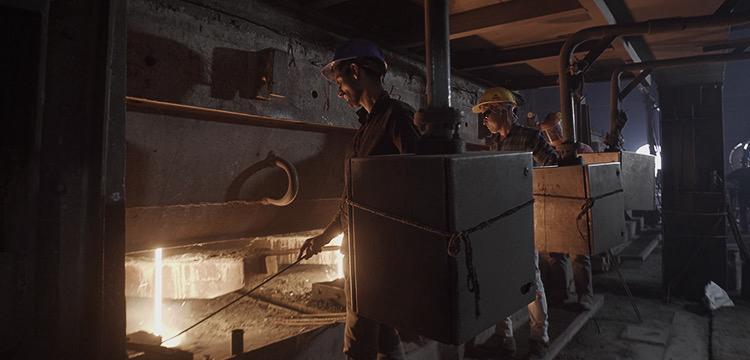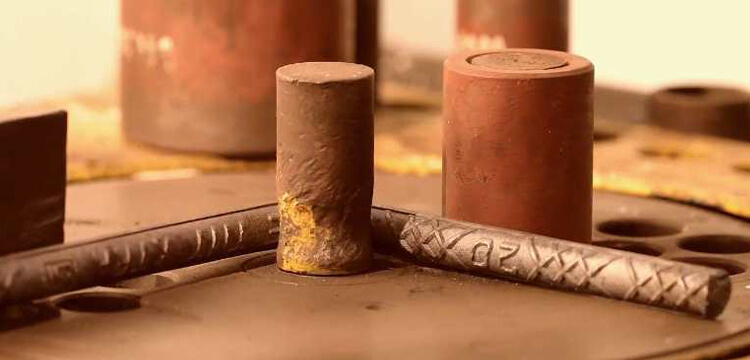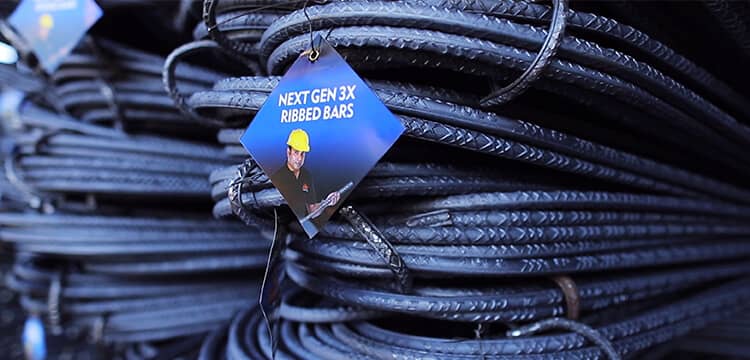Advancements in Secondary Steel Processing Techniques: A Deep Dive
In the ever-evolving landscape of the steel industry, secondary steel manufacturers play a crucial role in sustainable practices by recycling scrap steel and transforming it into high-quality secondary steel. With the relentless pursuit of innovation, these manufacturers continually refine their processing techniques to enhance efficiency, reduce environmental impact, and produce superior steel products. Following are the recent advancements in secondary steel processing techniques that are shaping the future of the industry.
- Scrap Selection and Sorting: One of the key advancements in secondary steel processing lies in the meticulous selection and sorting of scrap materials. Modern secondary steel manufacturers use high-quality scrap raw materials which are segregated utilizing cutting-edge technologies such as advanced sensors and artificial intelligence algorithms to identify and select scrap based on their composition. This ensures a more precise blend of raw materials and a greater control over quality, right from the raw material stage, which contributes to higher-quality end products.
- Melting Technologies: Traditionally, electric arc furnaces have been the workhorses of secondary steel production. However, recent innovations have brought forth new melting technologies that are more energy-efficient and environmentally friendly. Induction melting and other induction-based technologies are gaining popularity, offering quicker heating cycles and reduced emissions. These advancements not only contribute to cost savings but also align with the industry’s commitment to sustainable practices.
- Continuous Casting: Continuous casting is a critical stage in secondary steel processing, where the molten mix is solidified by casting a predefined length of metal. Advancements in this area include the implementation of advanced mold technologies and electromagnetic stirring systems, resulting in more uniform and defect-free castings. The use of predictive modeling, and automation in continuous casting processes ensures precision, minimizes waste, and revolutionizes the steel production process by enhancing yield, cost-effectiveness, productivity, and overall quality. Pioneering companies like Shree TMT exemplify this commitment by integrating sophisticated technology and precision engineering, which assures the transformation of molten metal into accurately shaped, exceptionally durable steel bars, setting new standards in the industry.
- Refining Processes: Secondary steel refining involves adjusting the chemical composition and temperature to achieve the desired steel properties. Innovations in refining processes include the adoption of ladle metallurgy furnaces and the implementation of degassing technologies. These innovations play a pivotal role in crafting cleaner and more uniform steel, meeting the exacting quality requirements of diverse industries. Industry leaders like Shree TMT exemplify this commitment to excellence by integrating carefully selected additives, fine-tuning chemical compositions, and reinforcing overall quality. Their adherence to stringent standards, such as IS 1786 (2008), guarantees the production of steel with exceptional structural integrity. This, in turn, contributes to the extended lifespan of buildings, mitigating the need for frequent replacements or repairs.
- Rolling and Forming: In the final stages of secondary steel processing, rolling and forming technologies have witnessed significant advancements. High-speed, precision rolling mills equipped with advanced automation systems ensure tight tolerances and consistent product quality. Additionally, the integration of augmented reality and real-time monitoring tools enhances the efficiency of the rolling process, reducing downtime and improving overall productivity.
- Quenching and Self-Tempering: Quenching, the rapid cooling of hot steel to achieve specific material properties, has seen notable innovations in recent years. Traditional methods often risked uneven cooling, leading to variations in hardness and potential material distortions. Advanced quenching technologies, such as high-pressure water quenching and polymer quenchants, now offer precise control over the cooling process. Leaders like Shree TMT use cutting-edge technology by incorporating German quenching and self-tempering techniques. This technology enables the production of highly flexible ribbed TMT bars renowned for their exceptional quality, making them ideal for premium-grade infrastructure.
The secondary steel manufacturing industry is at the forefront of embracing technological advancements to revolutionize its processes. By prioritizing sustainability, efficiency, and product quality, manufacturers are not only meeting current market demands but also shaping the future of steel production. The continuous refinement of scrap selection, melting technologies, continuous casting, refining processes, and rolling and forming techniques underscores the commitment of secondary steel manufacturers to excellence and environmental responsibility. As these advancements become more widespread, the industry can be expected to further elevate its standards, providing high-quality secondary steel that meets the diverse needs of a rapidly changing global market.



